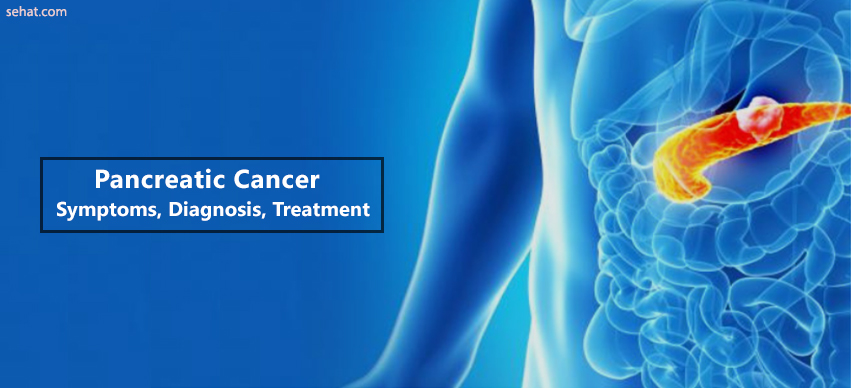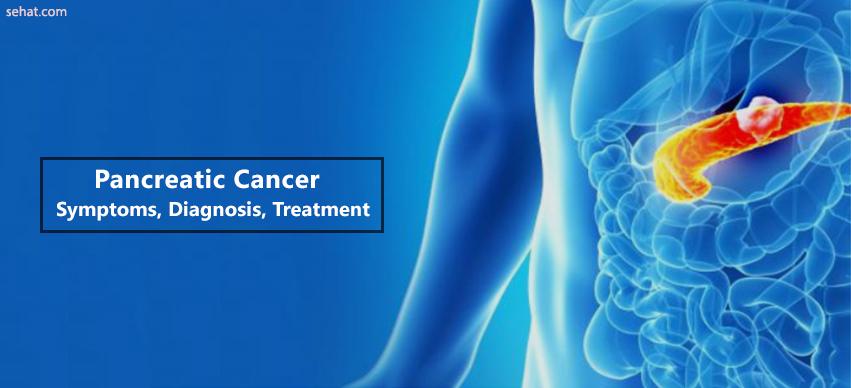Nanoparticle Therapy – An Emerging Cancer Treatment
5 Min Read


Pancreatic cancer may be uncommon in India. But it doesn’t mean we can ignore it. With one of the highest fatality rates in the world, pancreatic cancer is a deadly disease. Learn more about it and understand whether you are at risk of getting affected by pancreatic cancer.
Every 0.5-2.4 per 100,000 men and 0.2-1.8 per 100,000 women are affected by pancreatic cancer in India. The prevalence of pancreatic cancer is more in males than in females. There is less awareness regarding the disease because it is mostly seen in developed countries. However, it warrants attention and awareness because of the exceptionally high mortality rate. The mortality rate for men and women is 10 years and 8 years respectively. Let’s understand more about pancreatic cancer, what are the causes of the deadly disease and how a gastrointestinal surgeon can treat it.
Pancreas is in the abdominal region (above the level of the belly button). There are two kinds of cells in the pancreas:
1) The exocrine cells which make enzymes that are released into the small intestine for digesting food properly.
2) The endocrine cells make hormones including insulin and glucagon to help manage sugar levels in the blood.
The health of pancreas is important because of its functions and proximity to other essential organs such as the duodenum, bile ducts, and other blood vessels and nerves. Pancreatic cancer is a disease in which cancerous cells are developed in the pancreas.
Pancreatic cancer can be categorized in:
The problem with pancreatic cancer is that it is often difficult to diagnose. Several patients do not exhibit symptoms in the early stages of cancer. Sometimes, the signs are visible only when cancer has spread to several other parts of the body and pancreatic surgery is rendered impractical. It is the reason why pancreatic cancer has a low survival rate.
As said earlier, it may be difficult to detect pancreatic cancer because of lack of affordable screening tests. However, look out for the following symptoms: Most patients with pancreatic cancer have jaundice.
When you visit a gastrointestinal surgeon, he may prescribe the following tests to diagnose the problem:
The treatment for pancreatic cancer depends on the stage of cancer. However, your treatment may include surgery, chemotherapy, and radiation.
There are two types of surgeries for treating pancreatic cancer:
1. Curative Surgery– In a situation, when the tumor is operable and there is the possibility of curing cancer.
2. Palliative Surgery - It helps in treating tumor symptoms, primarily jaundice.
Pancreatic cancer is a lethal disease that can cost your life. It is better to learn the symptoms of the disease and check for them regularly. If you fall into the high-risk category, it is best to take measures and eliminate the preventative risk factors.